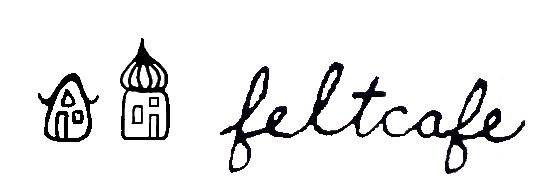we dyed wool with gobaishi, a japanese gall that is created on japanese sumac (i think...it was a little complicated and hard to understand in japanese!!) with just alum and gobaishi, it didn't really change the color too much, but with iron, it turned a lovely heathery purple.
 the gobaishi galls
the gobaishi galls  boiled for an hour in a mesh bag, they turned mushy
boiled for an hour in a mesh bag, they turned mushy into the pot with iron added
into the pot with iron added the outcome.
the outcome.if anybody out there knows more about gobaishi, i'd love to hear from you!







4 comments:
Wow, that looks like fun. I'm curious to know more about gobishi too...
I love your stuff by the way!
Really curious!
Interesting. I googled and found this info:
Tannin Inks
These utilize the property of tannin that combines with iron salts to produce a blue-black color. Most are gallotannate in nature, the tannin being derived from insect galls that also contain gallic acid. Tannin inks were first used in the 11th Century. Aleppo or nutgalls have been the main source of the tannin. These galls are formed on the twigs of the Aleppo oak, Quercus infectoria, as a response to the injuries caused by egg laying insects. The plant is a small shrub that ranges throughout the Mediterranean region. The small spherical or pear-shaped galls form in great quantity and have very high tannin content. To make the ink either the galls or an extract of them are combined with ferrous sulfate, an agglutinant like gum arabic, and a coloring material, like logwood. Rhus chinensis and other species of sumac from China and Japan are at times used to substitute the Aleppo galls, although they are not of as good a quality. Oak galls are sometimes used and tannin inks may also be made from other sources of tannin such as logwood and chestnut. Logwood has the advantage of containing both tannin and a coloring agent.
http://www.faculty.ucr.edu/~legneref/botany/tandye.htm
thanks doryo for sharing that excellent information! that makes sense since i believe that the gall was from sumac, as your source said was common in japan
Post a Comment